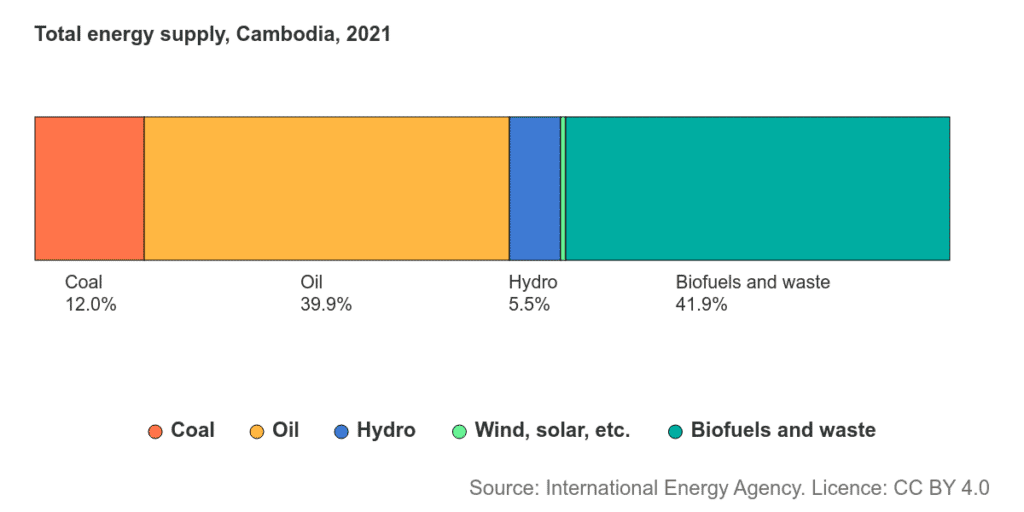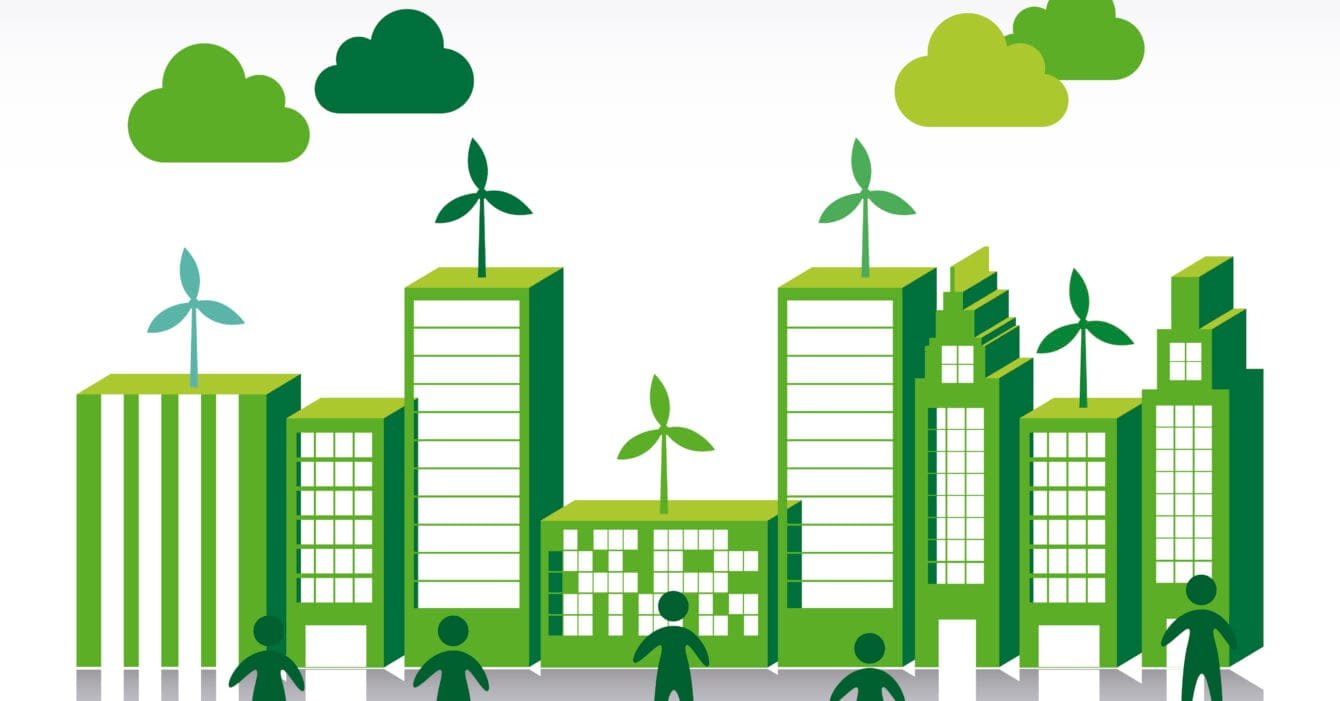Buildings worldwide consume over 30% of energy and produce 40% of carbon emissions, as reported by the United Nations Environment Programme (UNEP) in 2020. In Cambodia, this global trend emphasizes the urgent need for sustainable building practices. The “Cambodia Green Building Movement” is a national effort to promote eco-friendly construction, aiming to reduce environmental impact and enhance quality of life.
The Economic Potential of Cambodia Green Building Movement
The International Finance Corporation (IFC) estimates that by 2030, green buildings will represent a $24.7 trillion investment opportunity in emerging markets, with East Asia and the Pacific holding the largest share. For Cambodia, embracing green construction could attract significant investments and stimulate economic growth. Additionally, the Asian Development Bank (ADB) found that investing in green building technologies can lead to a 10-20% reduction in operational costs for building owners in Southeast Asia, making sustainable practices financially beneficial.
Growing Demand and Industry Response
A 2023 survey by the Cambodia Green Building Council (CamGBC) revealed that 75% of construction firms perceive a rising demand for green buildings in the country. This shift in market preferences indicates a collective move towards sustainability. In response, the Ministry of Land Management, Urban Planning, and Construction reported a 15% annual increase in green building projects over the past five years, reflecting the industry’s commitment to eco-friendly practices.
Read Also: Pioneering Cambodia Green Building Projects for Greener Cities
Cambodia Green Building Movement: Government Initiatives and Policies

The Cambodian government has implemented several policies to promote energy-efficient building practices:
National Policy on Green Growth 2013-2030: This policy aims to reduce energy intensity by 20% by 2030, demonstrating a strong commitment to energy efficiency.
Building Energy Efficiency Code (BEEC): Currently under development, the BEEC is projected to reduce energy consumption in new buildings by up to 30% once implemented nationwide.
Energy Efficiency Competition: Supported by the Ministry of Mines and Energy, this program has resulted in an average energy savings of 15% among participating buildings, showcasing the effectiveness of incentive-based initiatives.
Collaborations and Capacity Building
In 2024, the Asia Low Carbon Buildings Transition (ALCBT) project was launched to facilitate Cambodia’s shift towards low-carbon buildings. Funded by the German Federal Ministry for Economic Affairs and Climate Action, the project aims to institutionalize low-carbon performance metrics and enhance industry stakeholders’ capacity. This initiative aligns with Cambodia’s goal to achieve carbon neutrality by 2050.
Read Also: Sustainable Materials in Cambodia Construction for Greener Revolution
Challenges and the Path Forward for Cambodia Green Building Movement
Despite the positive momentum, challenges persist. The green building concept in Cambodia is advancing slowly, partly due to funding and skills shortages. To address these issues, the CamGBC has partnered with GreenRE Sdn Bhd to develop green building certification tools tailored to the local context. This collaboration aims to provide clear guidelines and standards, making it easier for developers to adopt sustainable practices.
In conclusion, the Cambodia Green Building Movement is a multifaceted approach involving government policies, industry commitment, and international collaborations. By addressing existing challenges and leveraging economic opportunities, Cambodia is paving the way for a sustainable and energy-efficient future in its construction industry.
